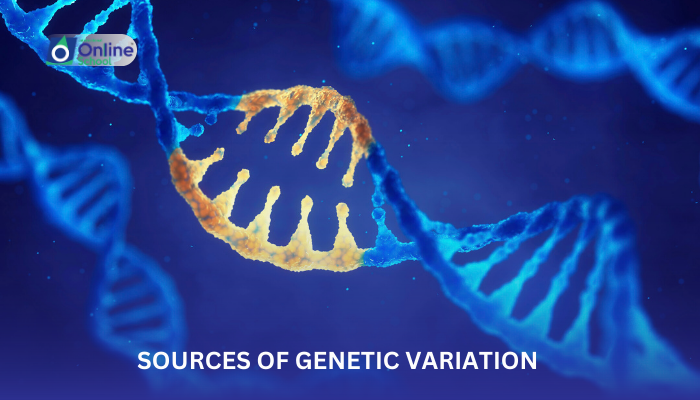
Learning Outcomes
i. Recognize the different sources of genetic variation in populations.
ii. Understand how mutations contribute to genetic diversity.
iii. Comprehend the role of gene flow in spreading genetic variation.
iv. Grasp the significance of sexual reproduction in increasing genetic variation.
v. Appreciate the importance of genetic variation in the process of evolution.
i. Genetic Variation in Populations
Genetic variation is the diversity in gene frequencies within a population. The variation comes from mutations, gene flow, and sexual reproduction, which are vital for the adaptability and evolution of species.
ii. Mutations as a Source of Variation
Mutations are changes in the DNA sequence that can create new alleles. They are a crucial source of genetic variation and can occur due to errors in DNA replication, exposure to certain chemicals, or radiation. While many mutations are neutral or harmful, some can be beneficial and may provide a survival advantage under certain environmental conditions.
iii. Gene Flow and Genetic Diversity
Gene flow, also known as gene migration, is the transfer of genetic variation from one population to another. This can occur when individuals from different populations mate, introducing new alleles to the gene pool. Gene flow increases the genetic diversity within a population and can reduce differences between populations, potentially affecting their ability to evolve separately.
iv. Sexual Reproduction and Variation
Sexual reproduction is a significant driver of genetic variation. During meiosis, homologous chromosomes exchange segments of DNA in a process called recombination or crossing over. Additionally, during fertilization, the combination of alleles from two different parents gives rise to offspring with unique genetic makeups. This shuffling of alleles ensures that no two individuals (except identical twins) have the same genotype.
v. Importance of Genetic Variation in Evolution
Genetic variation is the foundation of evolution. It provides the raw material for natural selection to act upon. In changing environments, individuals with certain traits may be more likely to survive and reproduce, passing those beneficial traits to the next generation. Over time, this can lead to the emergence of new species.
In conclusion, genetic variation is critical for the health and survival of species. It allows populations to adapt to changing environments and is essential for the process of natural selection. Understanding the sources and significance of genetic variation is fundamental to the study of evolution and biodiversity.